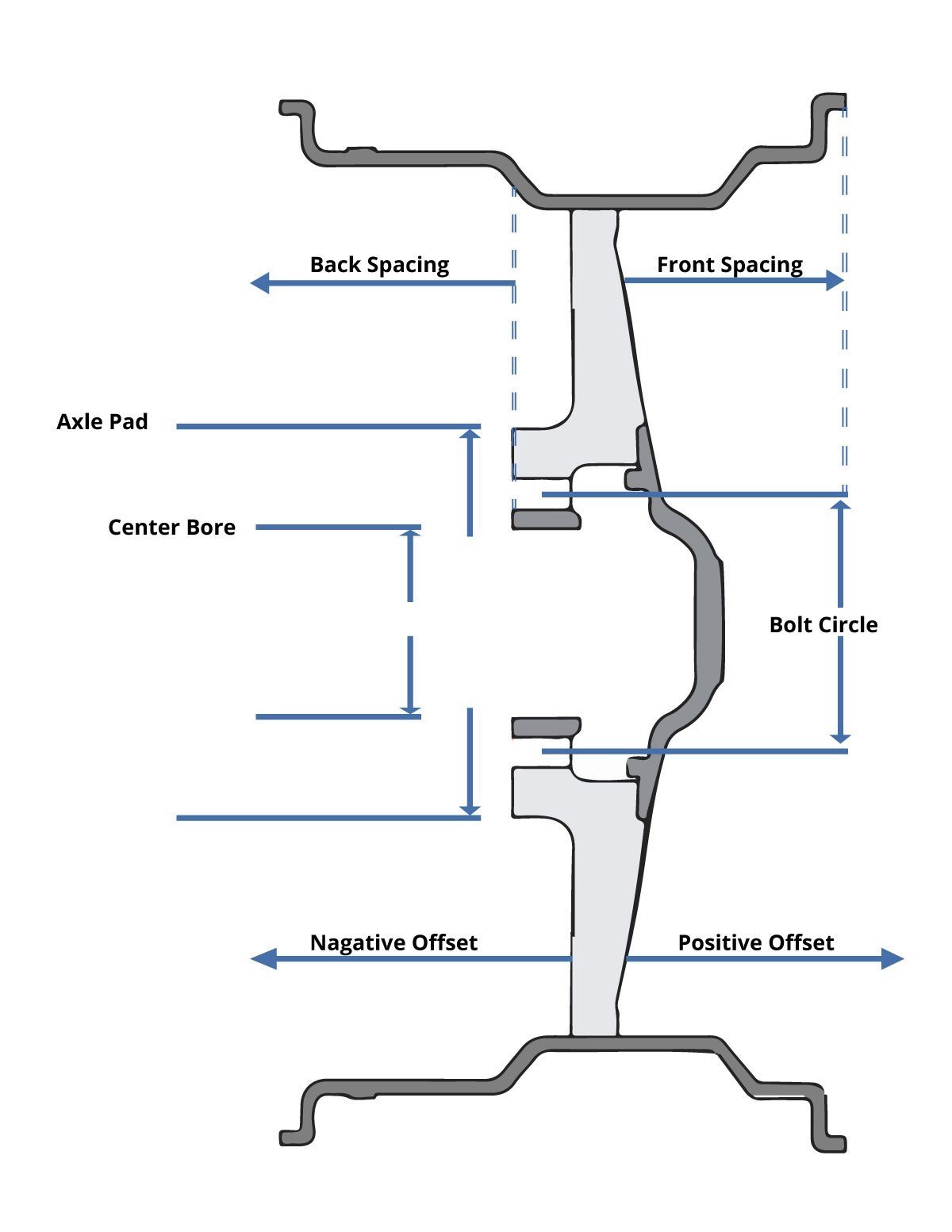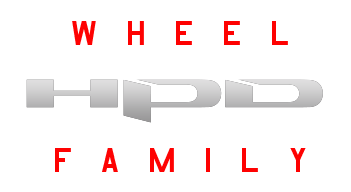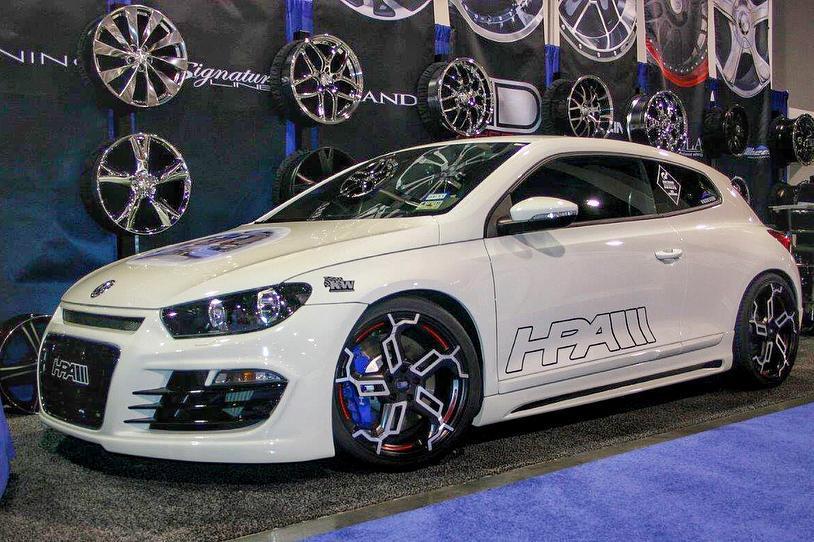Article: Wheel Offset vs. Backspacing

Wheel Offset vs. Backspacing
Wheels aren’t going to do your vehicle any good if they’re not the proper size. Yes, while many drivers are apt to focus on the style, design, finish and performance aspects of the wheels that they’re interested in, there are two huge factors that often get overlooked: wheel offset and wheel backspacing. In fact, they’re not just important factors, they’re arguably the most important measurements you’ll need to know when it comes to acquiring the right wheels for your vehicle to operate efficiently and effectively. Failing to acquire the right wheels could result in wheel rubbing against the suspension and vehicle body, which isn’t going to provide the type of ride you want.
So if you’re confused about what exactly wheel offset and wheel backspacing is, how to measure for it and how it affects the wheels you purchase, you’ve come to the right place for the details. Join us as we get to the bottom of the two important measurements in this post:
Wheel Offset Explained
Simply put, wheel offset measures the distance between the wheel center and mounting plate. The mounting plate is the surface part of the wheel that comes together with the rotor after installation, while the wheel center helps gauge center of width. It’s often shown as a line that runs around the wheel barrel. Essentially, wheel offset helps to define where exactly in the wheel well it will sit after it has been installed. It typically measured in millimeters.
The higher the offset (i.e., positive offset), the more inward the wheel will install, leading to a narrower vehicle stance and less clearance between the suspension and the tire’s inside edge. The lower the offset (i.e., negative offset), the more outward it will install, leading to a wider vehicle stance and more clearance between tire and suspension. There’s also zero offset, which is characterized as when the mounting surface is in line with the centerline.
There isn’t necessarily a universal right or wrong offset, just the right one for your vehicle. Yes, every vehicle has a suggested offset. Most front-wheel drive vehicles, for instance, have more of a positive offset, while older, classic vehicles usually have negative offsets. Be sure to check the spokes or mounting surfaces of your wheels to find the offset data. You can also check with the vehicle manufacturer for what the recommended offset is for your ride. Finally, there’s also the consideration of how you want the vehicle to look and perform when it comes to wheel offset, which may lead you to deviate from what is suggested.
Wheel Backspacing Explained
Wheel backspacing is a bit more complicated form of a measurement. It’s defined as the distance from the wheel’s inside edge to its mounting face. It’s equal to half the wheel’s width plus the wheel offset plus a half inch. As the term “back” implies, it measures from the brake side of the wheel.
When there’s less backspace (negative backspace), there’s going to be more inside wheel clearance and little risk of rubbing against the suspension and other vehicle components. And when there’s more backspace (positive backspace), there’s going to be less inside wheel clearance to the point where the wheel can potentially rub up against the suspension, steering system and other vehicle components.
If you drive a conventional truck, you’re likely going to need a wheel with a backspace of 5 inches or less. If your truck is lifted, chances are there’s a maximum backspace that you must not exceed. Feel free to contact us today for more information on wheel backspacing.
Wheel offset and backspacing measurements aren’t likely to be something that every driver knows. In fact, these types of measurements are usually only pertinent to drivers that have customized their vehicles in terms of both style and performance. If you're confused about wheel offset and wheel backspacing, know that you're not alone. Also know that a good wheel supplier, such as HD Wheels, can help you determine the types of wheels that would work best for your particular vehicle. A good wheel supplier can help take the guesswork out of more complicated measurements, like wheel offset and backspacing, and give you the peace of mind that the wheels you've chosen for your vehicle will be the right ones - both in terms of fit and style.
For more information on the difference between wheel offset and wheel backspacing, and how to calculate each measurement, contact HD Wheels or visit https://hpdwheels.com today.









Leave a comment
This site is protected by hCaptcha and the hCaptcha Privacy Policy and Terms of Service apply.